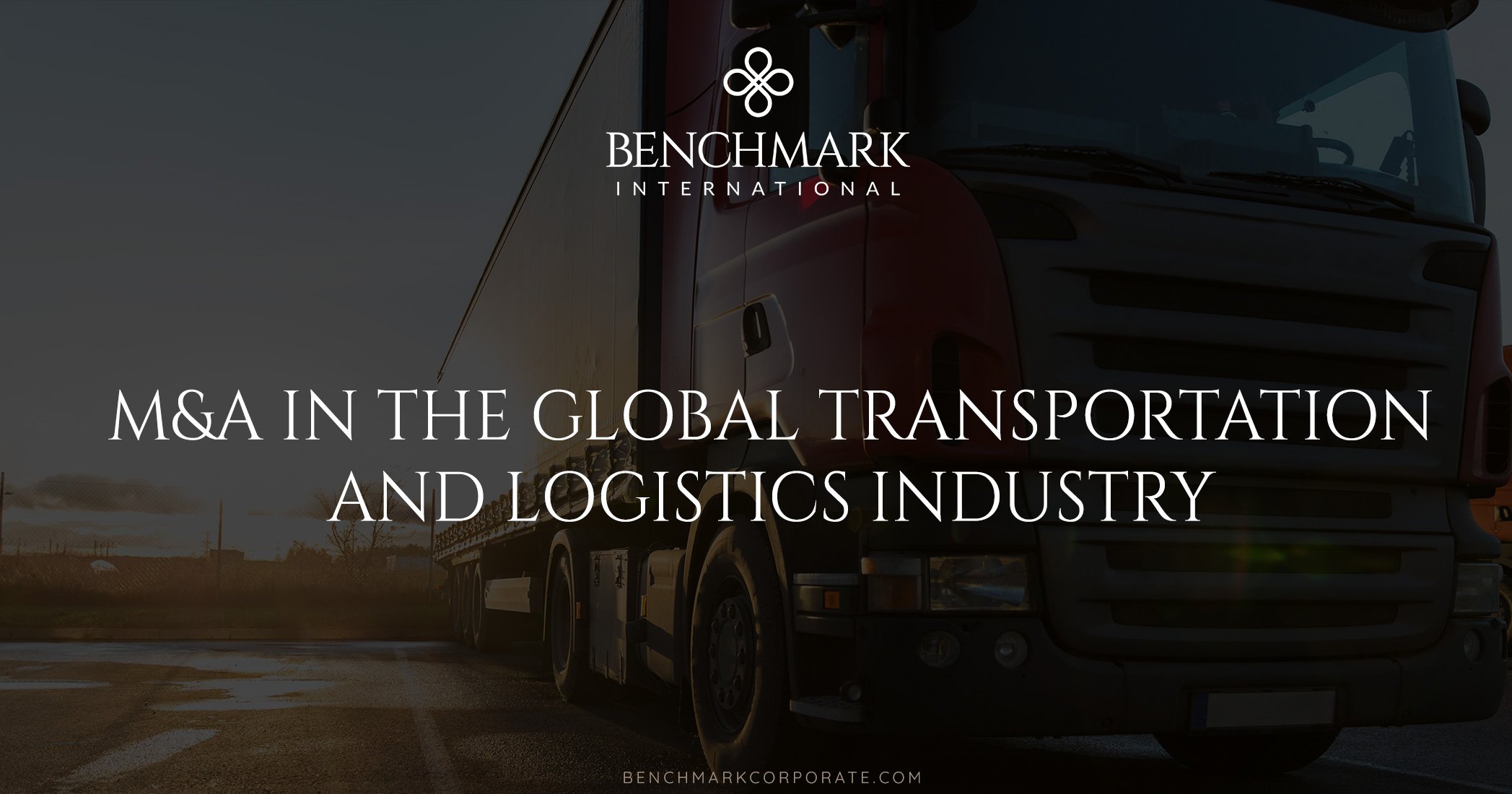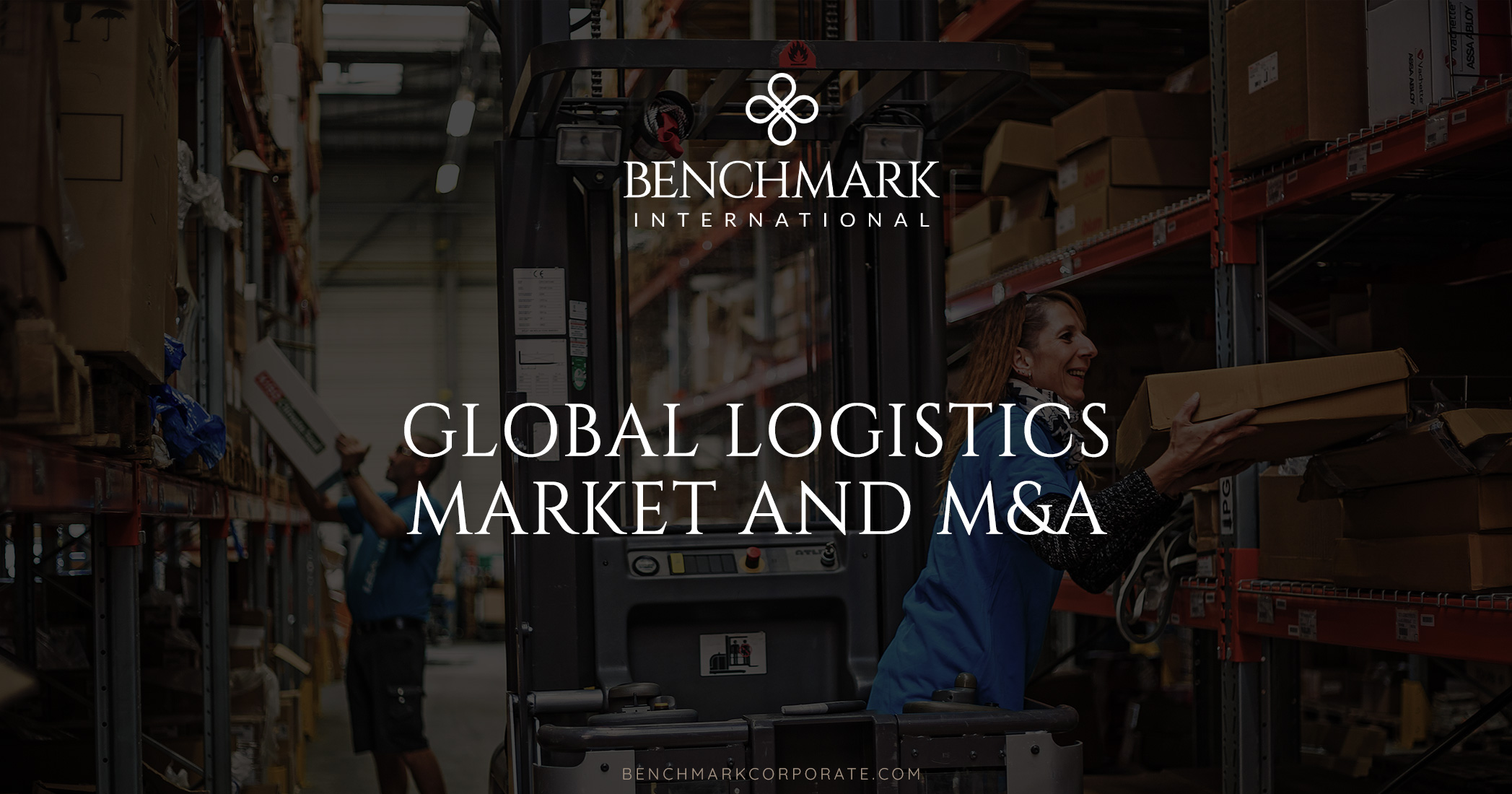The transportation industry on a whole has seen major opportunities for investment thanks to a myriad of technological advancements such as self-driving cars, ride sharing and alternative fuels. As technology permeates all global industries, the aviation industry has its own unique circumstances, and must turn to acquisitions and market share to create competitive advantages in the 21st century.
Major areas of focus include aerospace, defense, supersonic travel, artificial intelligence, robotics, cybersecurity, surveillance, and communications. The idea of space exploration has become more privatized. It is not just about commercial astronauts anymore, but about making it possible for everyday people to engage in space travel. Also, urban on-demand air transportation is redefining the possibilities for how people commute to work. This technological advancement is proposed to use three-dimensional airspace to ease traffic on the ground, save commuters time and money, and provide a safer yet still relatively quiet travel option.
Aerospace and Defense (A&D)
As global A&D spending increases, so does the opportunity for M&A activity. In our digitized world, threat and risk mitigation continue to take on more importance, resulting in more mergers and acquisitions within IT, cybersecurity, and space companies.
Commercial aerospace firms are stretching their aftermarket capabilities to gain repair revenue over the lifespan of an aircraft fleet and benefit from improvements within the areas of electronics and avionics.
Private equity investors are also becoming more attracted to this sector, looking to sink capital into targets that have high growth prospects and high margins.

Aircraft Backlogs and the Maintenance, Repair and Overhaul (MRO) Market
Commercial aircraft order backlogs also drive M&A activity in the middle market, as equipment manufacturers within the supply chain must respond to the demand, and are sitting on a tall stack of orders. Over the next 20 years, around 40,000 new aircrafts are slotted for production. Major airlines have a tendency to prefer larger suppliers, so consolidation to create more efficient and reliable MROs is a tactic that ensures the orders can stay on pace without major delays. As this consolidation occurs, it becomes more difficult for smaller, independent MROs to compete, causing them to team up with larger original equipment manufacturers (OEMs) in order to meet demand and avert delays.
Pilot Training
There is an existing and growing pilot shortage that presents a major challenge for all airlines around the world. According to Boeing, it is estimated that 800,000 new pilots will be needed over the next 20 years. More pilots are reaching the mandatory retirement age at the same time that an increasing number of people around the world are booking flights. Plus, military expansion means a reduction in the pool of military pilots that are typically sourced by commercial aviation. These factors all combine to create new opportunities in M&A in the global aviation industry through the need for pilot training and the creation of new, more efficient flight simulators, as well as the development of autonomous piloting technologies.

A New Era of M&A
M&A activity is crucial to the many new types of developments in the global aviation industry. Private equity and venture capital are needed to keep the innovations coming, alongside the pursuance of new growth strategies and market retention by existing industry players. M&A in the aviation industry has become very much about bringing new services to new markets. This changes the way competitive companies must view each other, calling for more collaboration in order to drive innovation and create value.
It is strongly advised that anyone entering into the complex world of aviation M&A obtains an advisor that has the appropriate experience to conduct proper due diligence, navigate the intricacies of the industry, create the right connections, and be familiar with the industry-specific regulatory environments.
Contact Us
At Benchmark International, we’d love to start a conversation about how we can help you grow or sell your company. Schedule a chat with one of our M&A experts today. Our global network of buyers and our innovative processes make us recognized around the world for getting great deals done.
READ MORE >>
 Benchmark International
Benchmark International  Benchmark International
Benchmark International 







